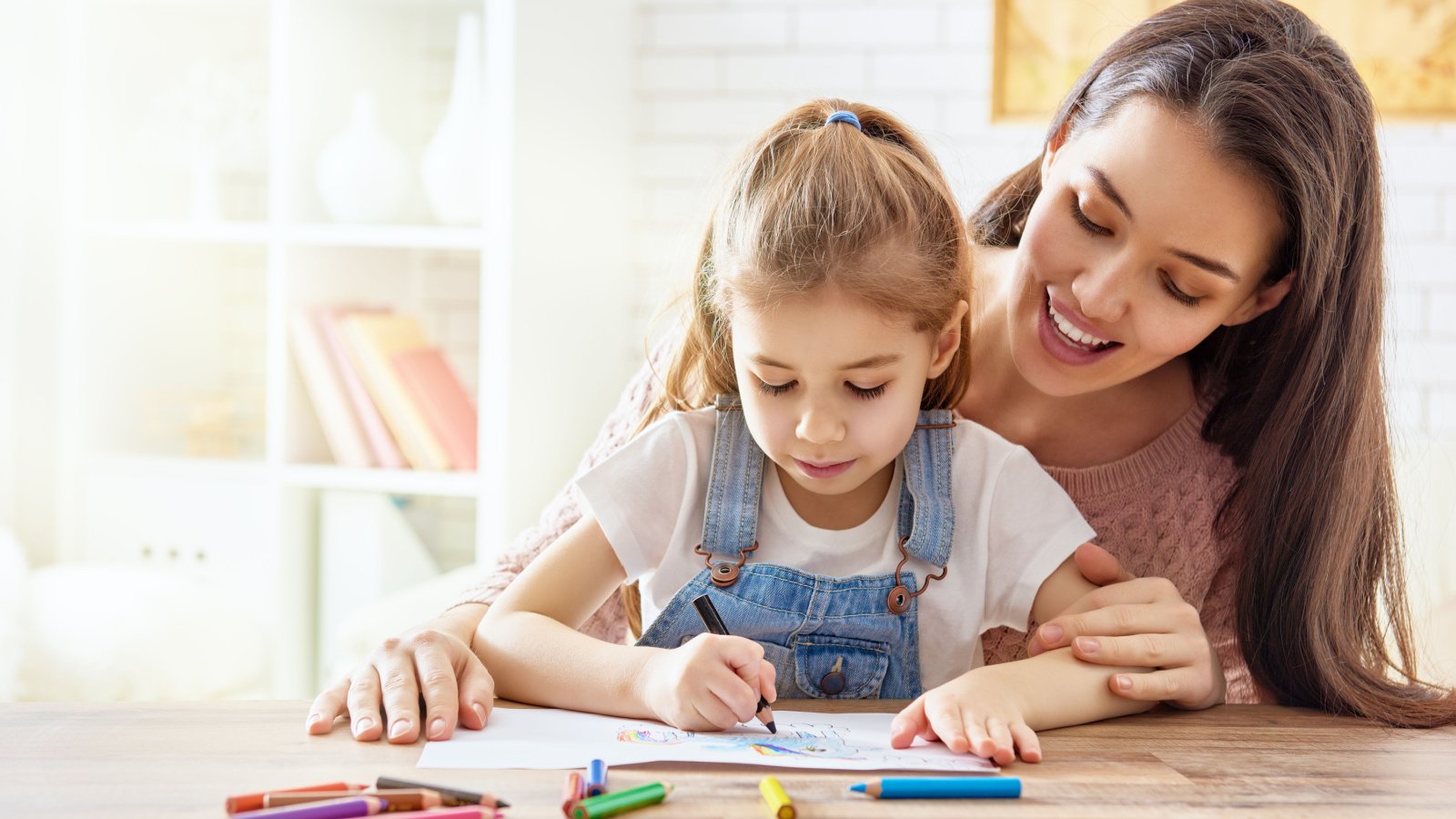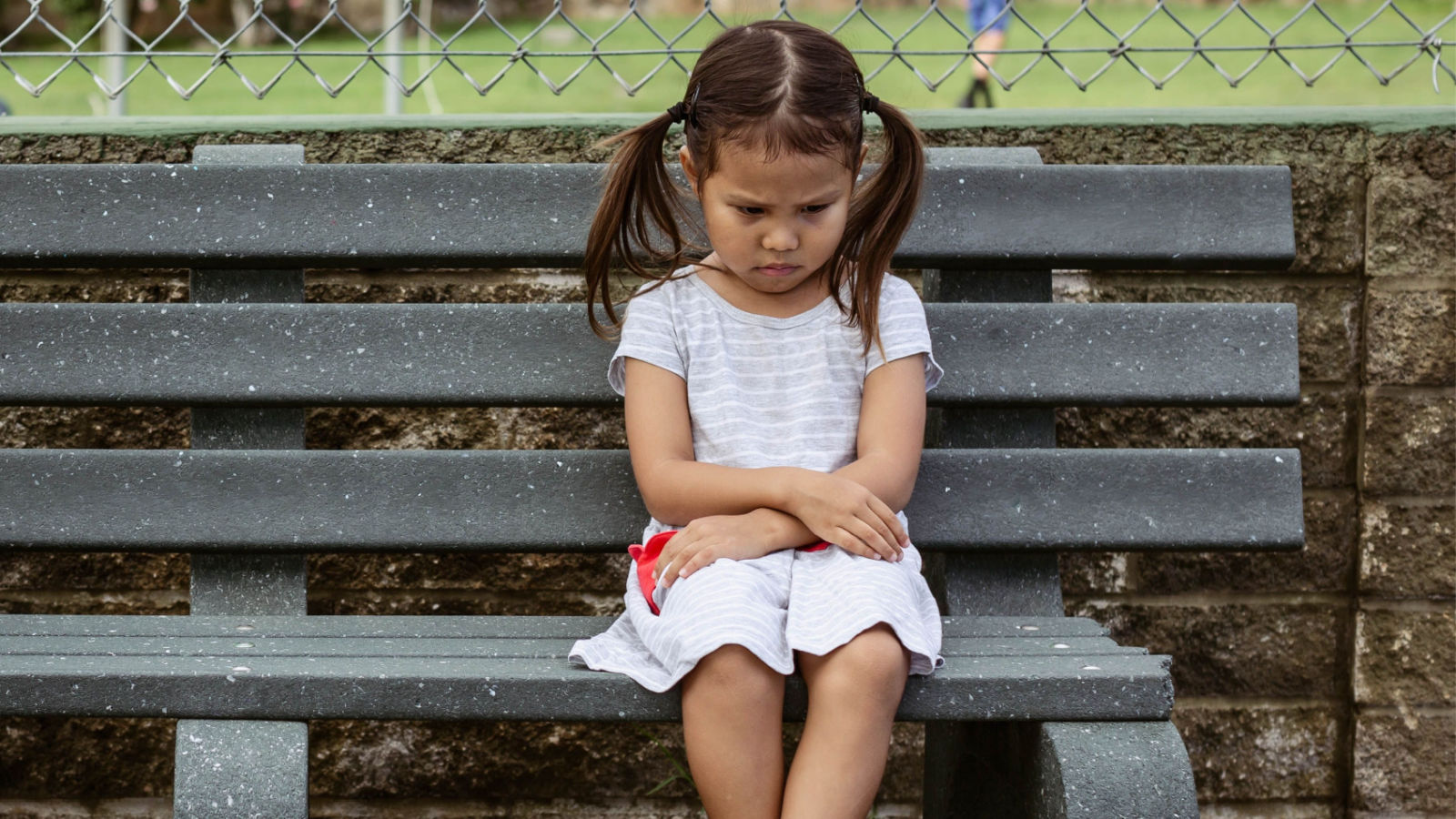Your child has expressed interest in creating art. Now what? Should you invest hundreds of dollars in supplies they might not be interested in next week? Read on to discover strategies to gently encourage a budding artist without scaring them away.
Encourage Daily Doodles

Encourage your child to sketch or doodle daily as a form of free expression. Remind them that there’s no right or wrong in art, and every stroke is a step toward creativity. Provide a variety of materials like crayons, markers, and paper.
Visit Art Galleries
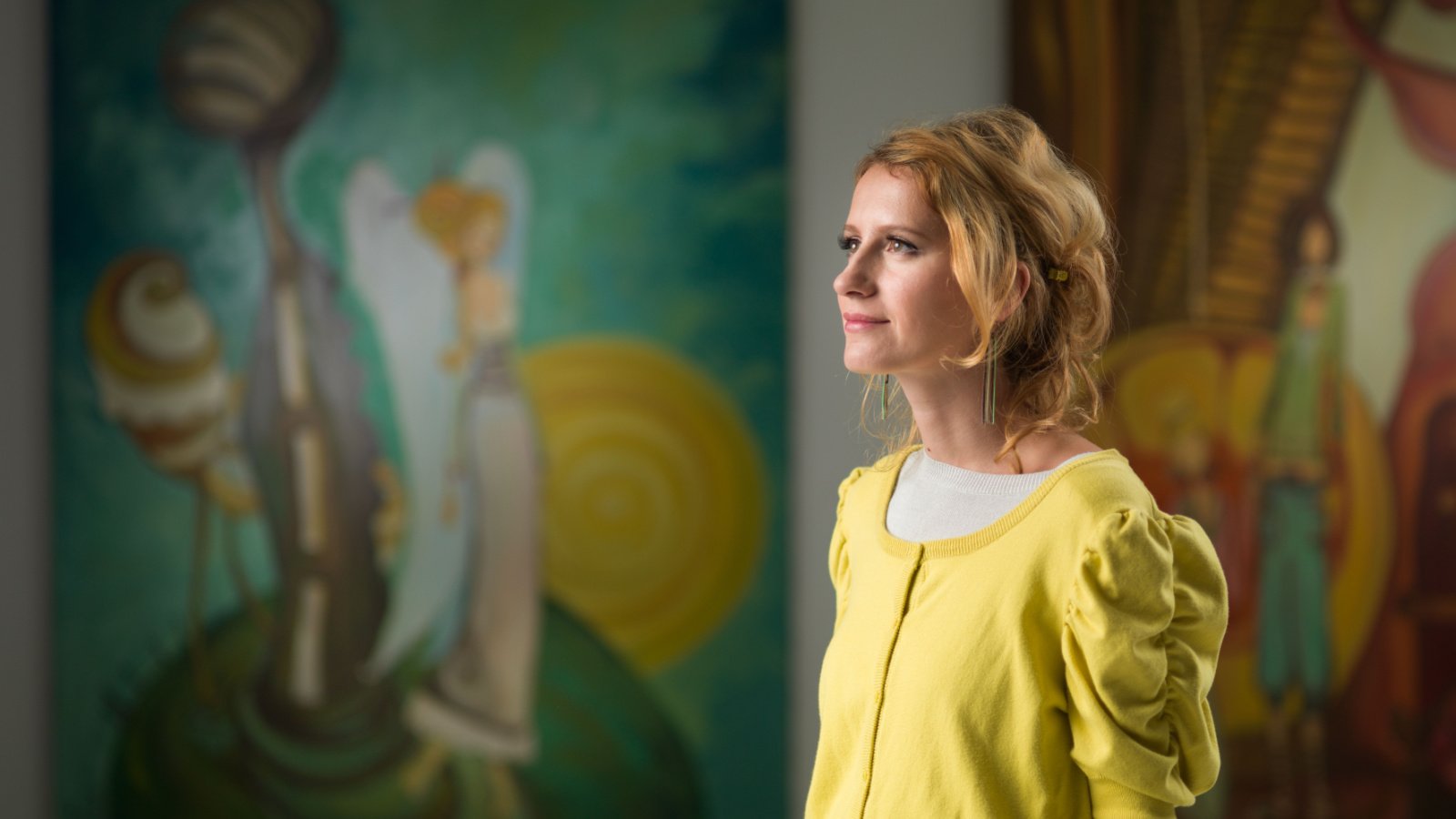
Take your child to local art galleries and museums. Discuss the artwork and ask them what they feel or think about each piece, which can spark inspiration and show them the vast possibilities of art. It’s a visual feast that broadens their artistic horizons.
Storytelling Through Art
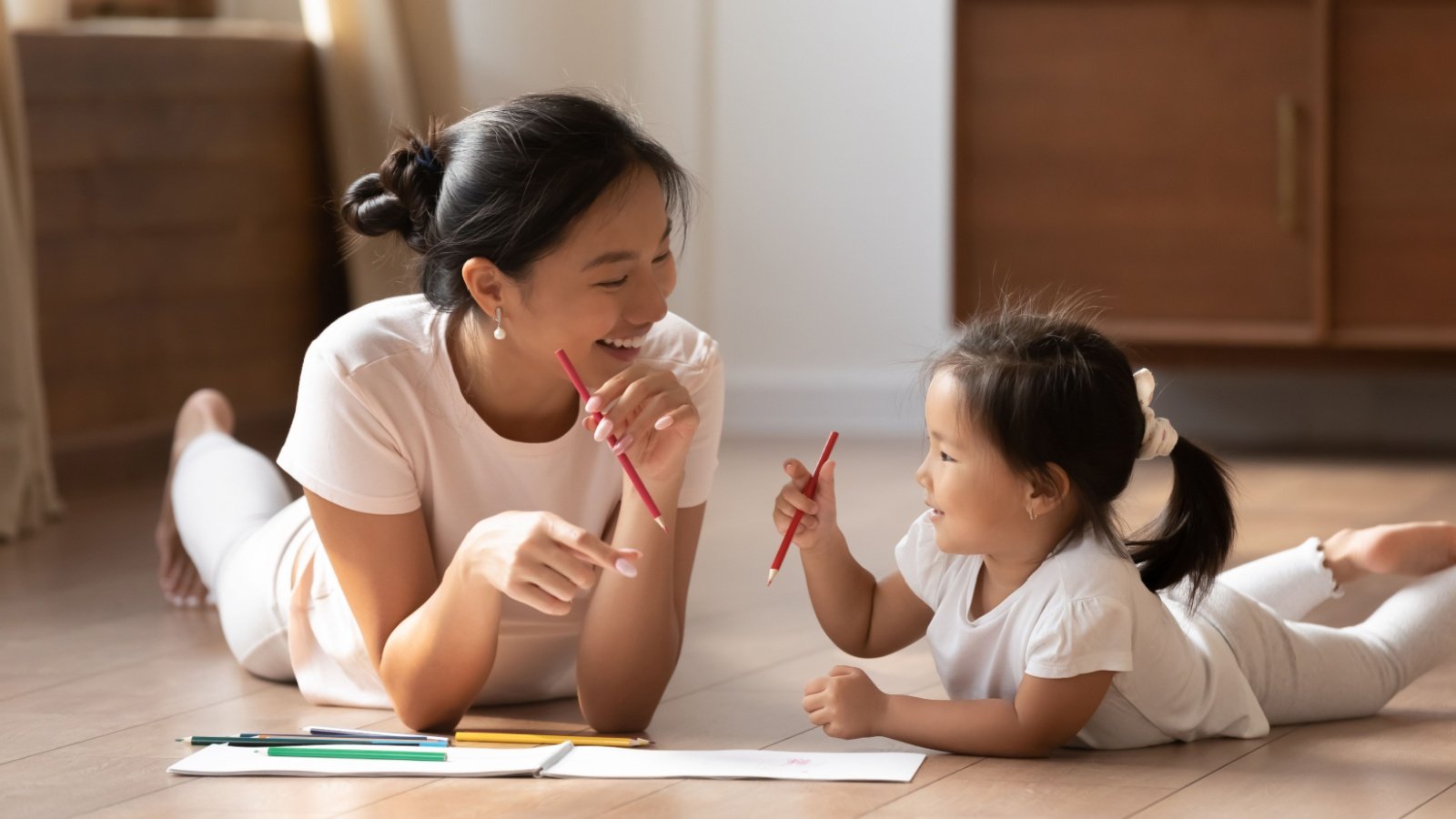
Encourage your child to tell stories through their drawings. They can illustrate a day in their life or an entirely imagined tale. Seeing your child’s stories come to life through art can be awe-inspiring and encourages narrative skills and artistic development.
Experiment with Different Mediums
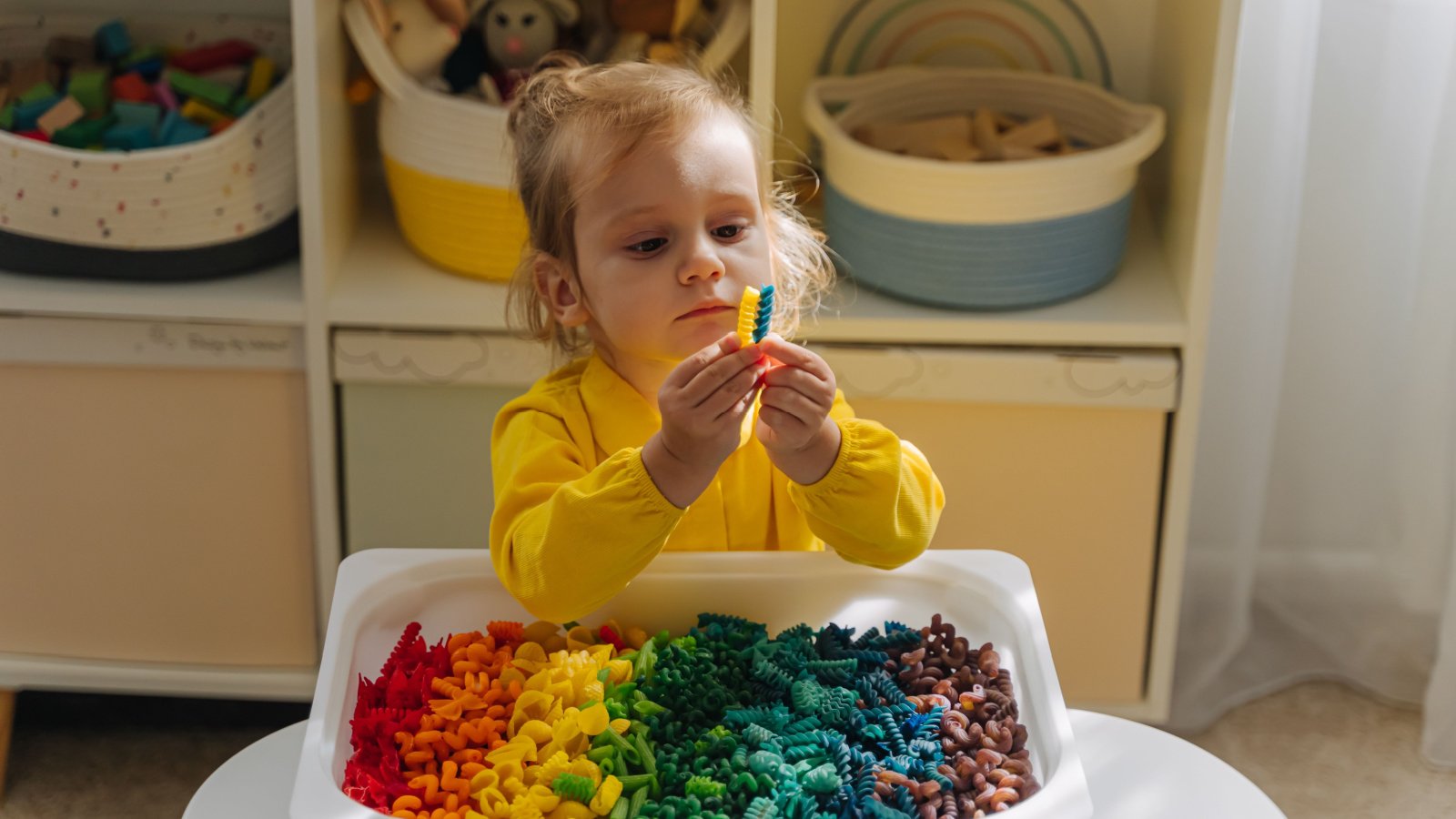
Give your child artistic mediums like clay, watercolors, or fabric scraps. Each medium has its own feel and possibility, allowing them to explore and find their favorite. It’s all about the joy of experimentation and discovering what resonates with their creative spirit.
Art Classes and Workshops
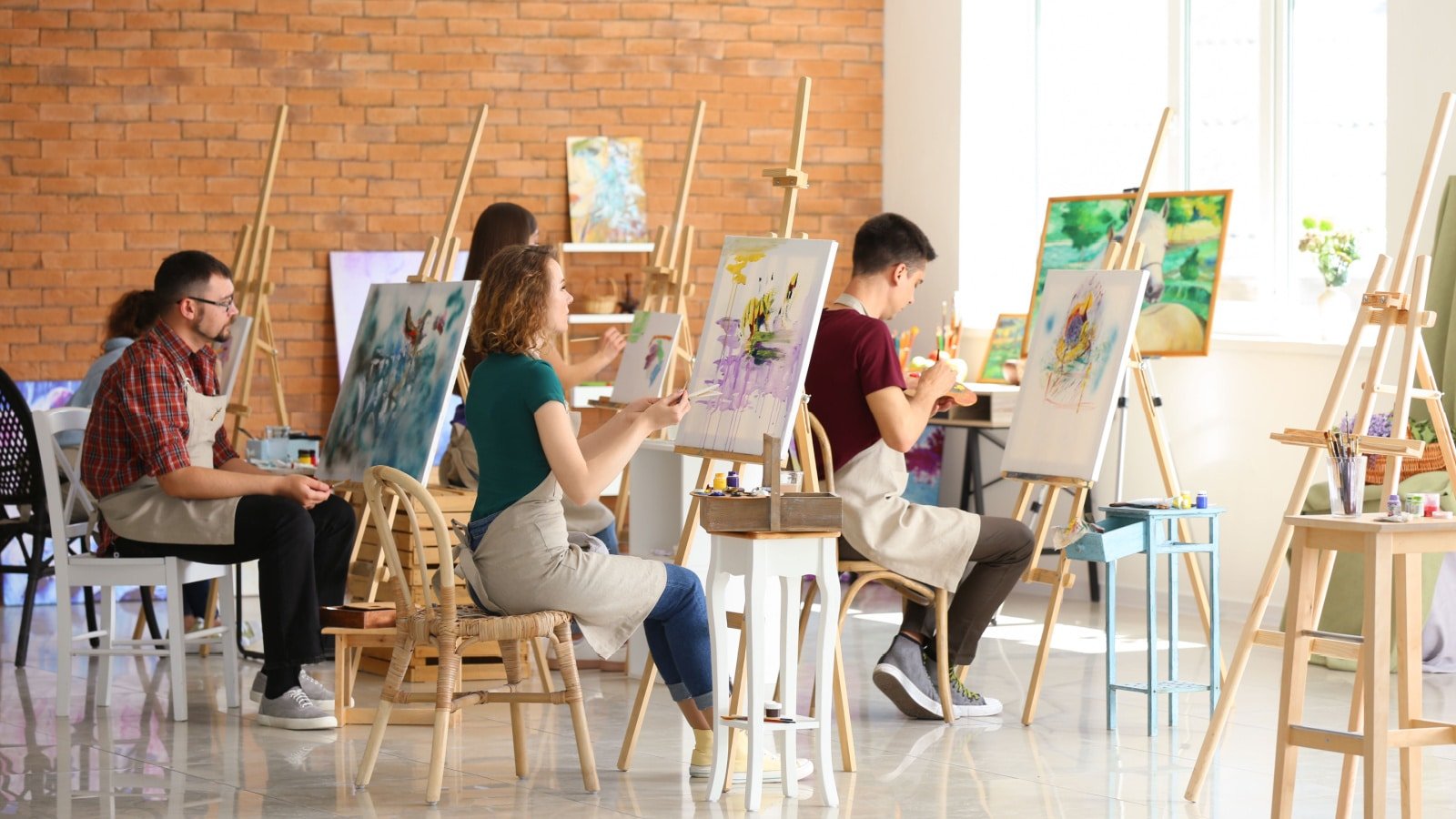
Enroll them in art classes or workshops where they can learn new techniques and meet other young artists. This structured learning can enhance their skills while keeping the experience fun and social.
Celebrate Every Creation

Celebrate and display your child’s artwork around your home. Whether it’s a fridge magnet display or a framed piece in the living room, showing that their work is valued boosts confidence. It’s the effort and creativity that count, not perfection.
Creative Playdates

Organize playdates with a creative twist. Have art supplies ready and a theme to spark their imagination. These sessions can be a joyful, shared artistic journey. It’s beautiful to see how different children interpret the same theme.
Nature as Inspiration

Take walks in nature and encourage your child to bring a sketchbook. They can draw what they see, from a leaf’s intricate patterns to the vastness of the sky. Nature is an endless source of inspiration and an excellent way for them to observe and translate the world around them into art.
Discuss Famous Artists

Talk about famous artists and their unique styles. Show them that art has many faces and there’s room for their unique voice, too. Understanding the history and variety of art can be a powerful motivator and eye-opener for young minds.
Set Up a Creative Space
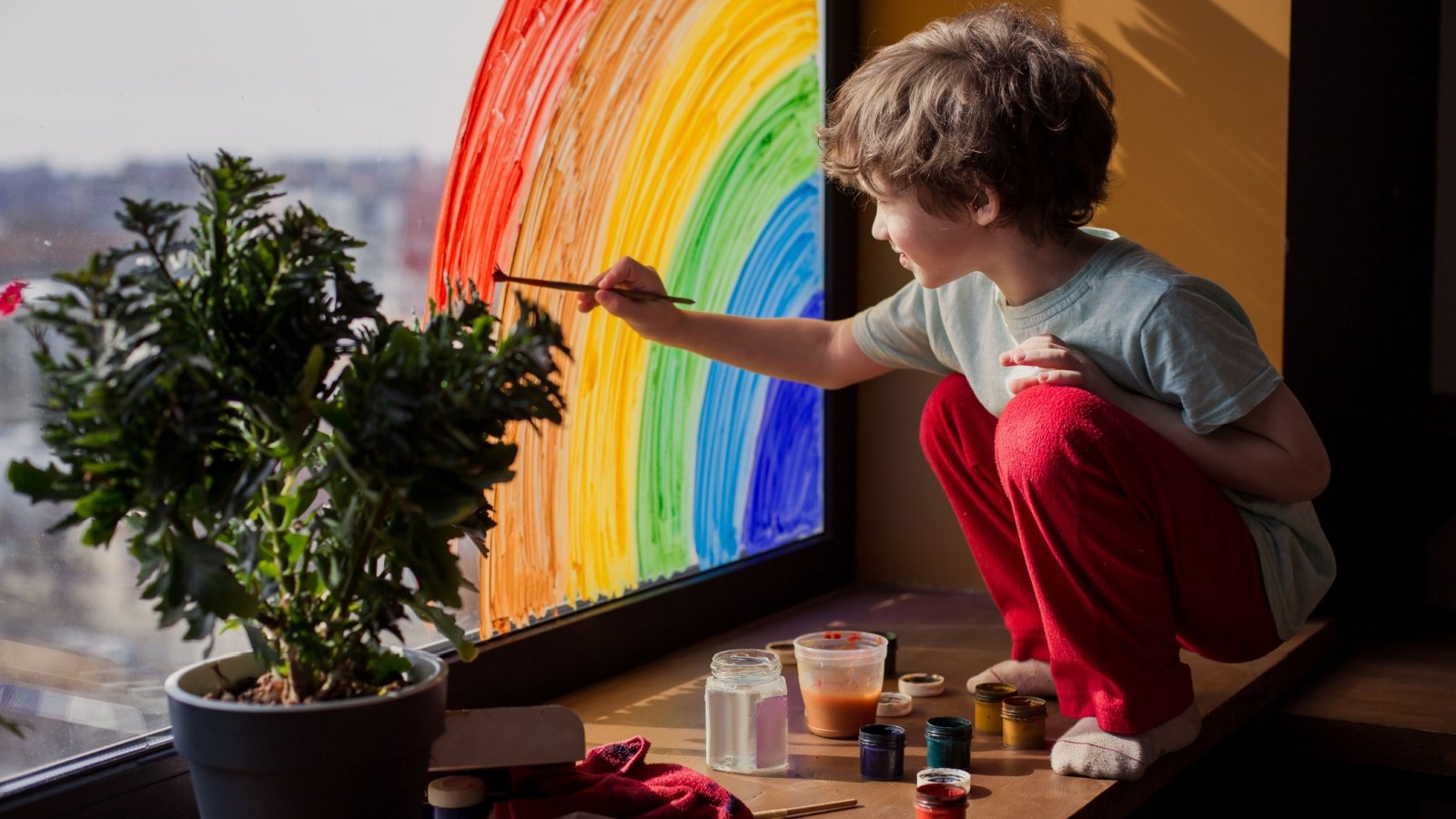
Dedicate a corner of your home as a creative space where art supplies are always accessible. This designated area signals that their artistic pursuits are meaningful and always welcome. Having a special space will make a child more eager to create.
Use Technology Wisely

Introduce them to digital art platforms where they can experiment with digital drawing and painting. It’s a modern take on art that can be incredibly engaging. However, balance this with traditional methods to keep a wide range of skills developing.
Artistic Role Models

Share stories of artists who started young or overcame challenges. These role models can serve as inspiration and show that determination and passion are critical to artistic success. It’s about showing the possibilities that lie ahead.
Cultural Exploration Through Art

Explore artworks from different cultures together to open their eyes to the world’s diversity and the many ways people express themselves through art. Discovering art from around the world can make a child more curious and empathetic.
Encourage Artistic Choices

Let them make decisions about their art projects. Whether choosing the color, the subject, or the medium, giving them control and autonomy encourages independence and confidence in their creative abilities.
Positive Critique

Offer constructive feedback that focuses on the strengths of their work and areas for growth. It’s about guiding them gently without discouraging their natural flair. Positive critique helps children to see improvement as a joyful journey, not a stressful one.
Collaborative Projects
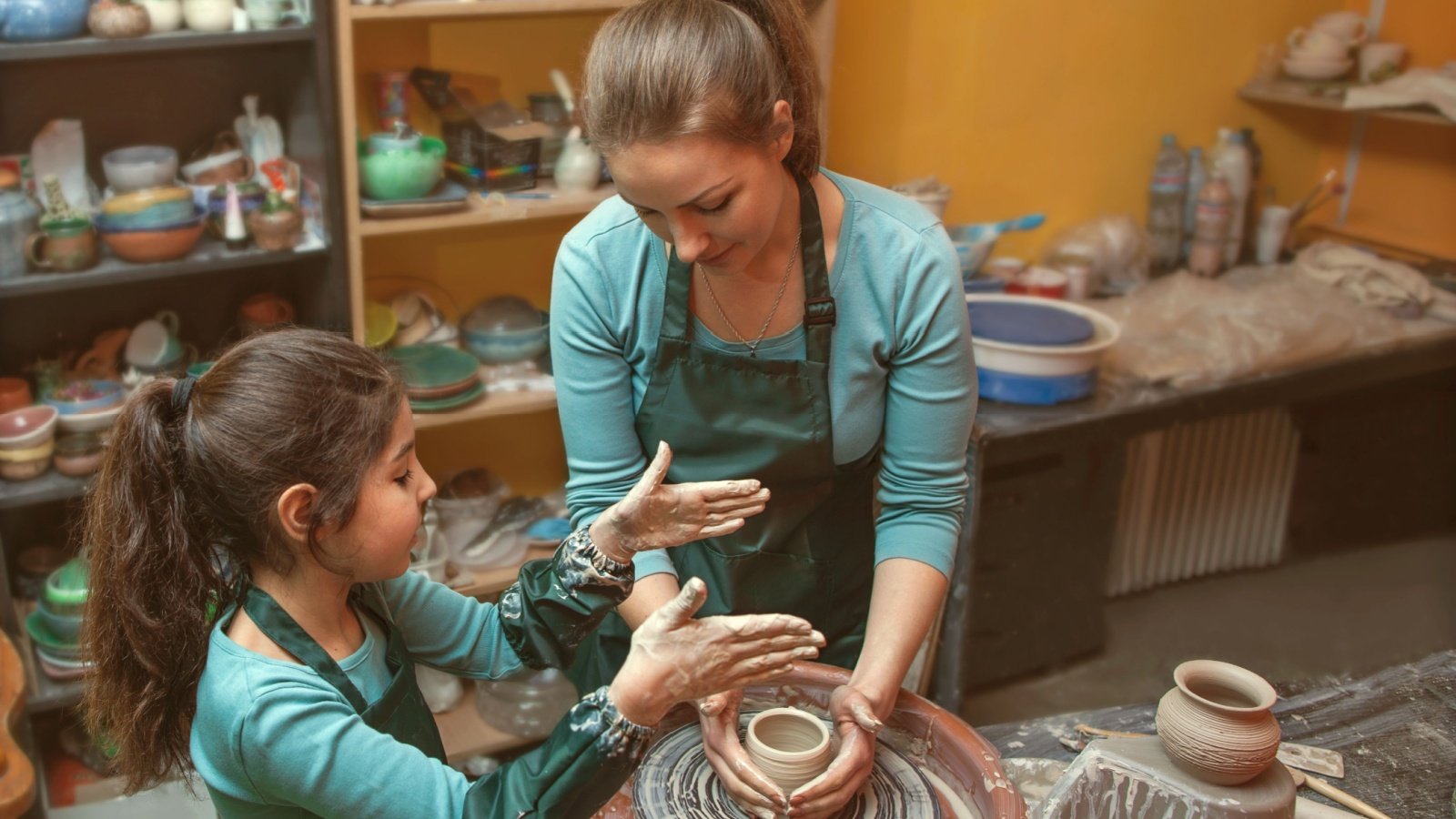
Engage in art projects together to strengthen your bond and allow you to share techniques and ideas. It’s a partnership where you can explore creativity and learn from each other. You may enjoy the process more than you think and develop your own passion.
Artistic Expression as Emotion Outlet

Teach them that art can be a way to express emotions and tell their personal story. This understanding can transform their approach to art as a meaningful and cathartic process, not just an activity.
Art History as a Story

Present art history as a series of stories rather than facts. This approach makes learning more engaging and memorable, sparking curiosity about the artists’ lives and their times. Learning about various artists gives children a new perspective and appreciation for diversity.
Flexible Schedules

While routine is beneficial, be flexible enough to allow spontaneous bursts of creativity. Sometimes, the urge to create doesn’t follow a schedule, and being supportive of these moments can lead to some of their most genuine work.
Showcase Their Art

Arrange small exhibitions for family and friends to celebrate their work and teach them to handle feedback and appreciate the joy of sharing their art with others. A child’s mini-exhibition can be a proud moment for the whole family.
Encourage Artistic Literacy

Introduce them to the language of art. Terms like color theory, perspective, and composition can be taught in fun, age-appropriate ways. This builds a foundation that deepens their understanding and appreciation of art.



